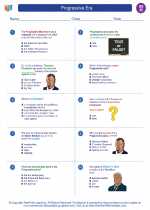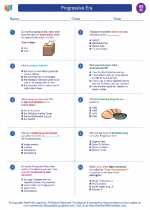Background
The Cuban Missile Crisis was a result of the escalating tensions between the United States and the Soviet Union during the Cold War. In 1961, the United States tried and failed to overthrow the Cuban government in the Bay of Pigs invasion. In response, the Soviet Union secretly placed nuclear missiles in Cuba, within striking distance of the United States.
Key Players
John F. Kennedy: President of the United States during the crisis, he faced the difficult decision of how to respond to the Soviet threat.
Nikita Khrushchev: Premier of the Soviet Union, responsible for placing missiles in Cuba and negotiating with the U.S. during the crisis.
Events
Discovery of Missiles: U.S. spy planes discovered the missile sites in Cuba, leading to a tense confrontation between the two superpowers.
Naval Blockade: President Kennedy ordered a naval blockade of Cuba to prevent further Soviet shipments of military supplies, leading to a standoff at sea.
Negotiations: Behind-the-scenes negotiations between the U.S. and the Soviet Union, as well as public posturing, dominated the 13-day crisis.
Resolution: The crisis was resolved when Khrushchev agreed to remove the missiles from Cuba in exchange for a U.S. pledge not to invade the island and a secret agreement to remove U.S. missiles from Turkey.
Impact
The Cuban Missile Crisis had a lasting impact on the Cold War and international relations. It led to a period of detente, or a relaxation of tensions, between the U.S. and the Soviet Union. Both countries also established a hotline to improve communication and avoid future misunderstandings that could lead to nuclear conflict.Overall, the Cuban Missile Crisis serves as a cautionary tale about the potential consequences of nuclear brinksmanship and the importance of diplomacy in resolving international conflicts.
[Cuban Missile Crisis] Related Worksheets and Study Guides:
.◂Social Studies Worksheets and Study Guides Eighth Grade. Progressive Era

 Worksheet/Answer key
Worksheet/Answer key
 Worksheet/Answer key
Worksheet/Answer key
 Worksheet/Answer key
Worksheet/Answer key
